Last Updated on May 23, 2023 by Packoi Team
Whether you’re looking for high-quality printing services or seeking to understand the printing process, this blog post from Packoi has got you covered. Find out which printing method is right for you and take your project to the next level with Packoi’s exceptional printing and packaging solutions.
Printing has come a long way, from hand printing on paper to digital printing, where you can print from almost anywhere in the world. However, the printing industry still has two distinct methods: offset printing and digital printing. Both methods are used in commercial printing, but each has its own set of advantages and disadvantages.
This article will cover the basics of offset printing vs. digital printing, their benefits and drawbacks, their differences, and what you should consider when choosing which print method to use.
What Is Offset Printing and How Does It Work?
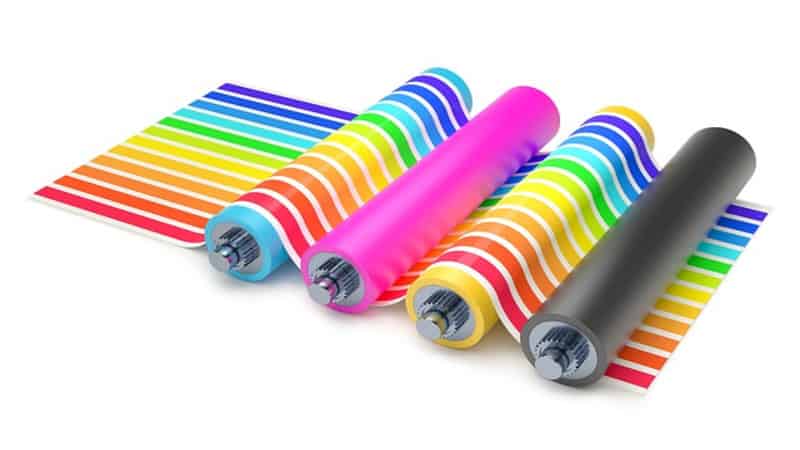
Offset printing is a traditional printing method that uses plates, ink, and paper. It involves transferring an inked image from a plate to a rubber sheet or blanket and then to the printing surface. This printing method is called offset because the ink is not transferred directly to the paper. Instead, it is transferred to the rubber blanket and then to the paper, creating a sharp and clear image.
Offset printing is a versatile print method that can print on a variety of surfaces, including paper, cardboard, metal, and plastic. It is commonly used for large-volume printing jobs, such as magazines, newspapers, and books.
Advantages of Offset Printing
Offset printing offers several advantages over digital printing, including:
1. High-Quality
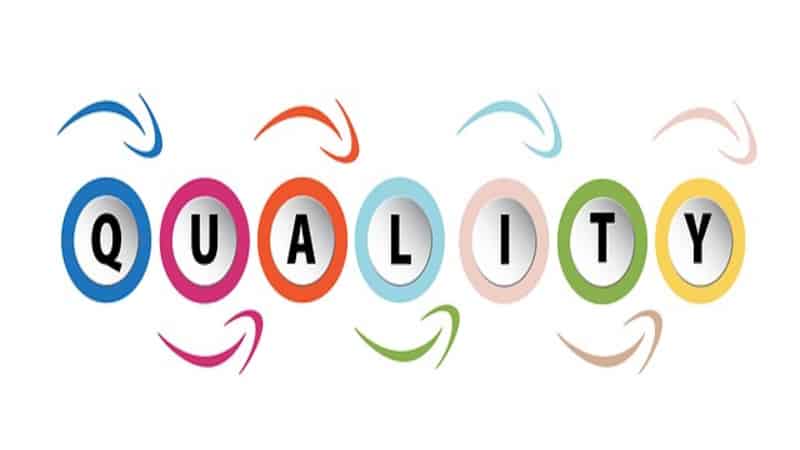
Offset printing produces high-quality images with sharp and clear details. It can produce a wider range of colors than digital printers and produces higher print and superior image quality and more vibrant images than digital printing.
2. Large Volume Printing
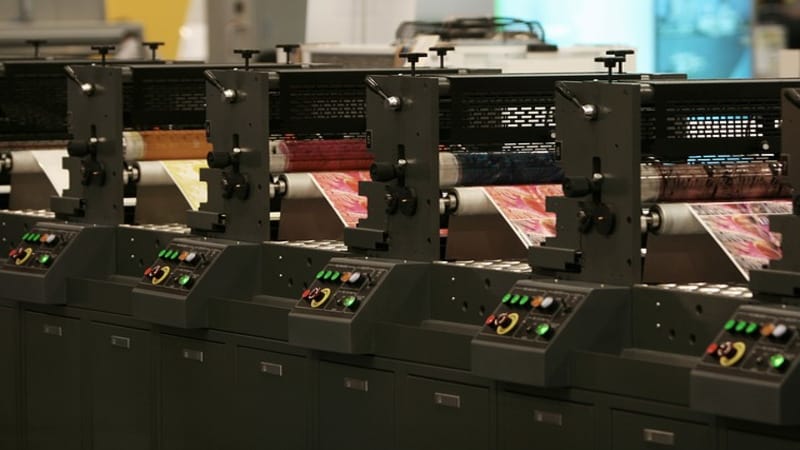
Offset printing is ideal for large-volume printing and large, low-volume project jobs because the cost per unit of a digital print decreases as the volume of printing increases.
3. Versatility
Offset printing can print on various surfaces, including paper, cardboard, metal, and plastic. This makes it a versatile printing method for various paper types and applications.
4. Cost-Effective

Offset printing is cost-effective for large-volume printing and big offset jobs in larger quantities. The cost per offset job per unit decreases as the volume of printing increases.
Drawbacks of Offset Printing
Despite its many advantages, offset printing also has some drawbacks, including:
1. Long Set-Up Time
Offset printing requires a longer set-up time than digital printing because of the process of creating plates and adjusting the ink and water levels in laser printers.
2. Higher Initial Cost
The initial cost of offset printing is higher than digital printing because of both the accuracy and cost of creating plates.
3. Not Suitable for Small Printing Jobs
Offset printing is unsuitable for small printing jobs because the cost per unit is higher than digital printing.
What Is Digital Printing and How Does It Work?
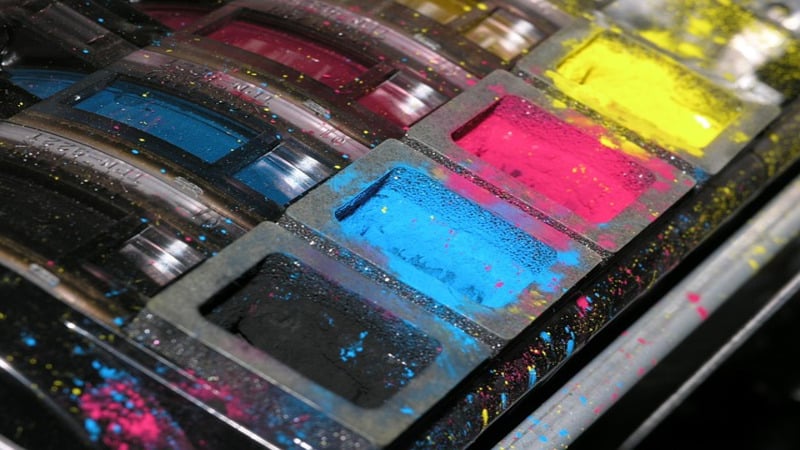
Digital printing is a modern printing method that uses a digital image to print directly onto the printing surface. It does not require plates, ink, or rubber blankets. Instead, digital printing uses a computer file sent directly to the digital printer, which prints the image onto the surface.
Digital printing is ideal for short-run printing jobs of unique materials, such as business cards, flyers, and brochures.
Benefits of Digital Printing
Digital printing offers several benefits over offset printing, including:
1. Quick Turnaround
Digital printing has a quick turnaround time because there is no need for plates or ink adjustments.
2. Lower Initial Cost
The initial cost of digital printing is lower than offset for printing presses because there is no need for plates.
3. High-Quality Images
Digital printing produces high-quality images with vibrant colors and sharp details.
4. Customization
Digital printing allows for easy customization, such as variable data printing, where each piece of printed material has variable data and can be customized with different text or images.
Disadvantages of Digital Printing
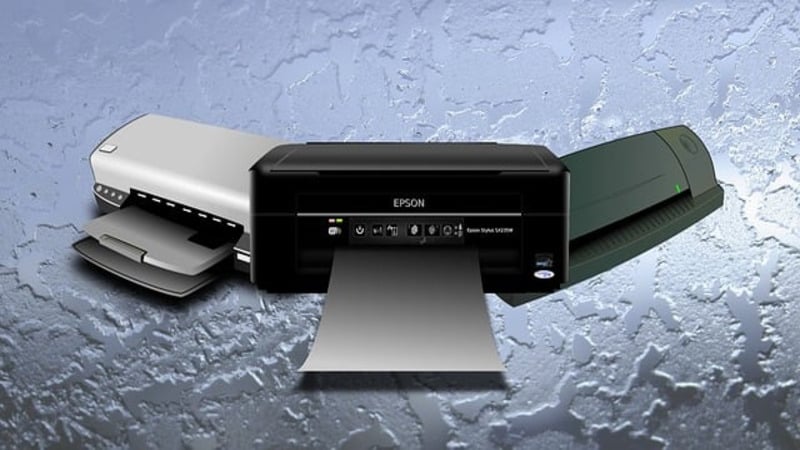
Despite its many benefits, the digital printing process also has some drawbacks, including:
1. Not Suitable for Large Volume Printing Jobs. Digital printing is unsuitable for large-volume printing jobs because the cost per page can be higher than an offset printing job.
2. Limited Color RangeDigital printing uses four-color printing, which is also known as CMYK (Cyan, Magenta, Yellow, Black) printing. This limited color range may not be suitable for printing designs that require specific ink colors or color combinations that cannot be reproduced accurately through CMYK printing.
3. Cost Per PageWhile digital printing is cost-effective for small print runs, it can become expensive for larger volume printing jobs. The cost per page decreases with offset printing as the volume increases. Thus, digital printing may not be the best option for high-volume printing jobs.
4. Quality of Prints on Different Materials. Digital printing may not produce the same quality of prints on different materials as it would on standard printing papers. The texture and surface of the material may affect the quality of the print, which may not be as sharp or vibrant as on other materials.
5. Limited Paper Options Digital printing may have fewer paper options than offset printing. Certain specialty papers, such as textured or coated papers, may not be suitable for digital printing, which limits the options available to clients.
6. Print Quality Digital printing may produce fewer quality prints than offset printing, especially in large-scale printing jobs. This is because digital printing uses raster images that may produce pixelated or blurred images, while offset printing produces sharp and clear images.
7. Not Suitable for Metallic Inks and Spot Colors. Digital printing is unsuitable for printing metallic inks and spot colors, which can only be achieved through offset printing. These inks are used to create special effects and cannot be replicated through digital printing.
What Are the Differences between Offset Printing vs. Digital Printing?
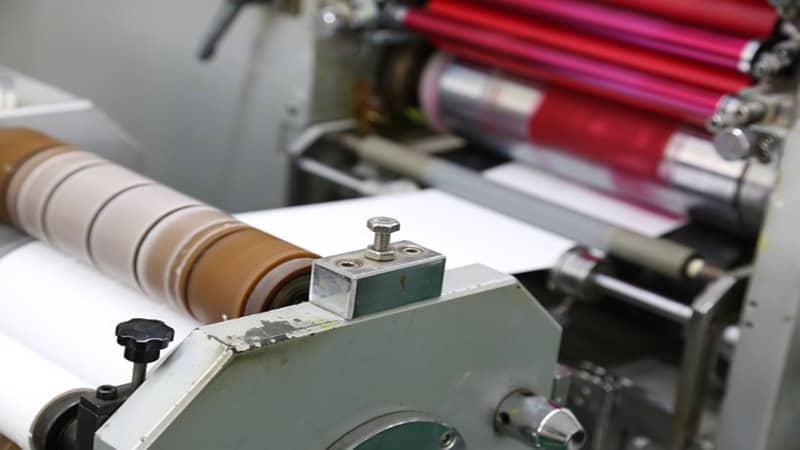
Offset printing and other digital printing presses are two of the most popular printing methods. While both methods produce high-quality prints, they differ in many ways. Here are some of the key differences between the two printing methods:
What Should You Consider When Choosing Offset Printing and Digital Printing?
When choosing between digital and offset printing and between digital and offset printing or printing, there are several factors to consider. These factors include:
1. Needs
Consider the quantity and complexity of the print job. Offset printing is the print process best suited for large, single-print job runs, while digital printing is best for low-volume and smaller jobs.
2. Costs
The cost of a digital print vs. offset printing is a significant factor to consider. Offset printing may be more expensive for short runs, but it can be more cost-effective for larger print runs. Digital printing is generally more expensive for large print runs but can be a more affordable option for smaller runs.
3. Quality
Both the offset printing process and digital printing produce color fidelity and high-quality prints, but the offset printing process can provide more precise color matching and consistent quality.
4. Material
Another consideration is the type of paper and ink used in the home printer or the digital printout job. Offset printing works best with specific types of paper and ink, while digital printing works best with certain types of paper and ink.
Who Uses Offset Printing and Digital Printing?
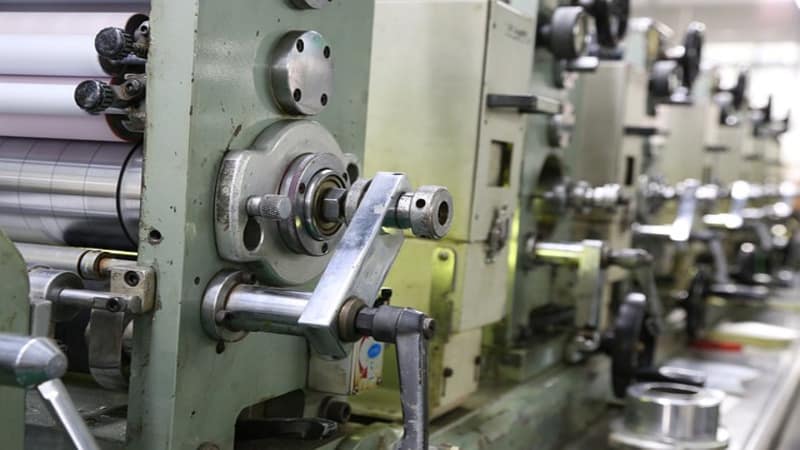
Offset printing is often used by businesses that require large print runs, such as digital printers such as publishers, book printers, digital presses, and newspaper publishers. It is also used for print marketing materials such as postcards advertising brochures, catalogs, and postcards.
Digital printing, on the other hand, is ideal for small print runs, such as business cards, flyers, and posters. It is often used by small businesses, startups, and individuals who need smaller print runs.
Conclusion
Choosing the right printing method for your project is essential to ensure that you get the best quality and value for your money. Offset printing and digital printing are two popular methods, each with its strengths and weaknesses. When choosing between the two, consider your needs, costs, quality, and material requirements.
Packoi is a reliable printing and packaging solutions provider offering offset printing and digital printing services. We have the experience and expertise to help you choose the right printing method for your project. Contact us today to learn more about our services.



